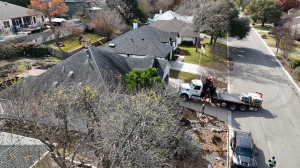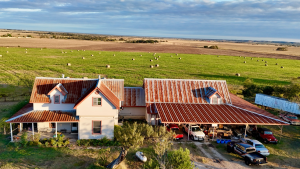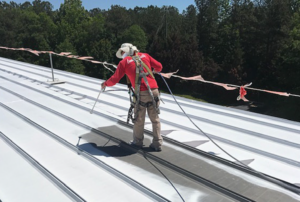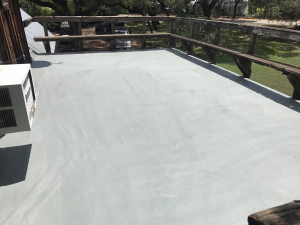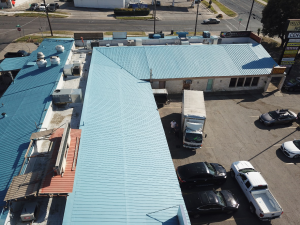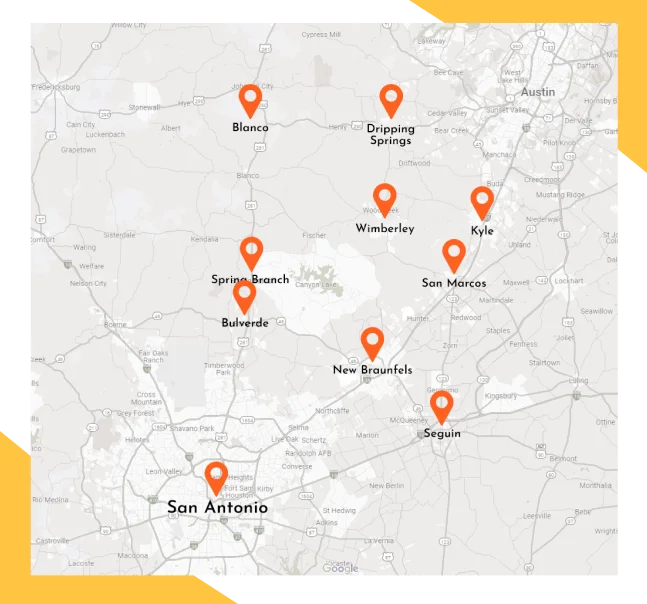A roof leak can be one of the most stressful and damaging situations a homeowner faces, especially when it occurs during a storm. The combination of heavy rain, wind, and a compromised roof can quickly lead to extensive water damage, mold growth, and costly repairs. Knowing how to handle a roof leak during a storm is crucial for minimizing damage and protecting your home. In this blog, we’ll provide practical tips for handling a roof leak in severe weather until professional help arrives.
Stay Calm and Assess the Situation
The first step in handling any emergency is to stay calm. Panicking will only make the situation more stressful and prevent you from thinking clearly. Once you’ve noticed a roof leak during a storm, assess the situation calmly to determine the severity of the leak and what immediate actions are necessary.
- Identify the Source of the Leak:If it’s safe to do so, try to locate the source of the leak. This might be challenging during a storm, especially if the water is traveling along beams or dripping down walls. However, identifying the general area of the leak can help you take more effective temporary measures.
- Prioritize Safety:Before doing anything else, ensure that you and your family are safe. If the leak is near electrical outlets or appliances, avoid those areas to prevent the risk of electric shock. Turn off electricity to the affected area if necessary.
Contain the Leak to Minimize Damage
One of the most important tips for handling a roof leak is to contain the leak to prevent further damage to your home. Containing the leak will help minimize water damage to your belongings and reduce the risk of structural damage to your home.
- Use Buckets and Towels:Place buckets, pans, or any other large containers under the leak to catch the dripping water. This will help prevent water from pooling on the floor and causing damage to your flooring. Lay towels or old blankets around the area to soak up any splashes or overflow.
- Protect Your Belongings:Move furniture, electronics, and other valuable items away from the leak to prevent them from getting wet. If possible, cover any immovable items with plastic sheeting or tarps to shield them from water damage.
- Poke a Small Hole to Relieve Pressure:If you notice a bulge in your ceiling where water is accumulating, use a screwdriver or a similar tool to poke a small hole in the center of the bulge. This will allow the water to drain in a controlled manner, preventing the weight of the water from causing the ceiling to collapse.
Implement Temporary Fixes to Mitigate Further Damage
While you can’t permanently fix a roof leak during a storm, there are some temporary measures you can take to mitigate further damage until professional help arrives. These quick fixes can help you manage the situation and reduce the amount of water entering your home.
- Apply a Tarp to the Roof:If the storm has subsided enough for you to go outside safely, you can try to cover the affected area of your roof with a tarp. Use a heavy-duty tarp and secure it with nails, screws, or heavy objects to prevent it from blowing away. Make sure the tarp extends several feet beyond the damaged area to ensure proper coverage.
- Use Roofing Cement or Sealant:If you have access to roofing cement or sealant, you can apply it to the area where the leak is coming from. This is a temporary solution that can help seal small cracks or holes in your roof until a professional can make a more permanent repair.
- Create a Temporary Patch:For small leaks, you can create a temporary patch using materials you have on hand. For example, you can use a piece of sheet metal, plastic, or even a heavy-duty garbage bag to cover the damaged area. Secure the patch with roofing nails, duct tape, or another adhesive to keep it in place.
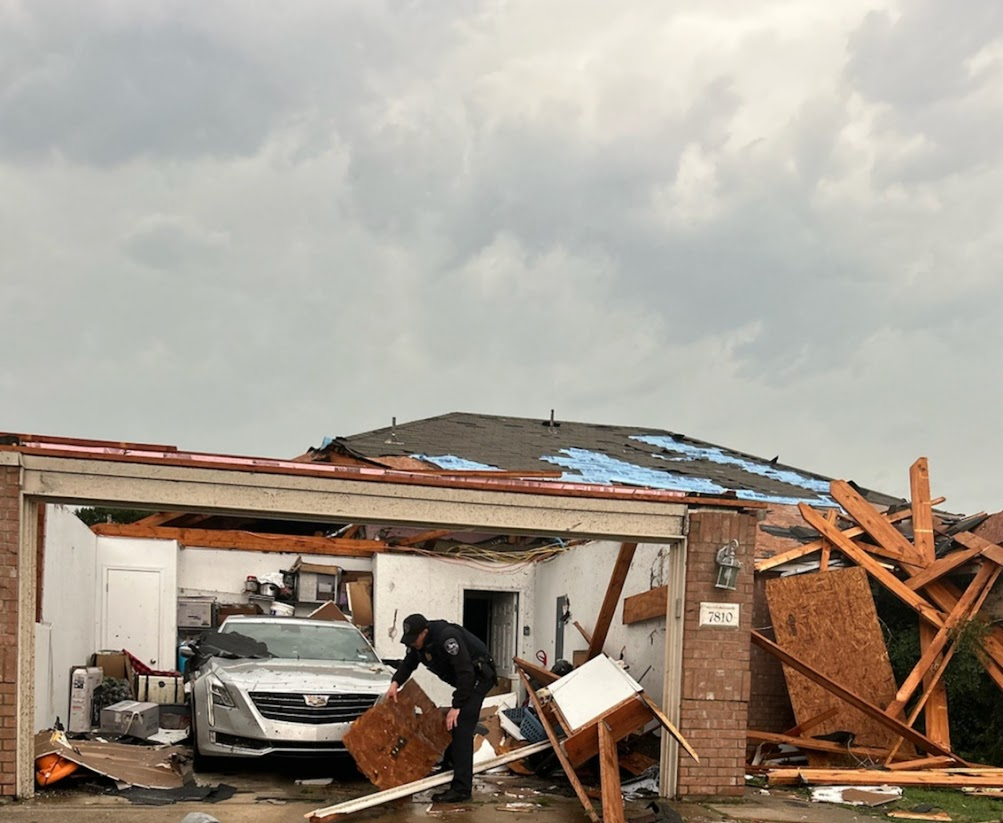
Document the Damage for Insurance Purposes
As you work to manage the roof leak during the storm, it’s important to document the damage for insurance purposes. Having detailed records of the damage can make the claims process smoother and ensure that you receive the compensation you need for repairs.
- Take Photos and Videos:Use your phone or camera to take clear photos and videos of the leak and any damage it has caused to your home. Capture images of the interior damage, as well as the exterior of your roof, if it’s safe to do so. This visual evidence will be invaluable when filing an insurance claim.
- Keep a Written Record:Write down the time and date when you first noticed the leak, as well as any actions you took to contain and mitigate the damage. Include details about the storm, such as the severity of the weather conditions, which can support your insurance claim.
- Contact Your Insurance Company:Notify your insurance company about the leak as soon as possible. Provide them with the documentation you’ve collected and follow their instructions for filing a claim. Keep a record of all communication with your insurance provider for reference.
Contact a Professional Roofing Contractor
Once the storm has passed and it’s safe to do so, contact a professional roofing contractor to assess and repair the damage. Handling a roof leak during a storm is primarily about temporary fixes; a qualified roofer like Boomerang Building & Repairs will be able to provide a permanent solution and ensure your roof is restored to its proper condition.
Specializing in roof leak repair, damage repair, and full roof restoration services in New Braunfels, our skilled team is dedicated to protecting your home from further damage. With a commitment to quality and customer satisfaction, Boomerang Building & Repairs ensures that your roof is not only repaired but also fortified to withstand future weather challenges.
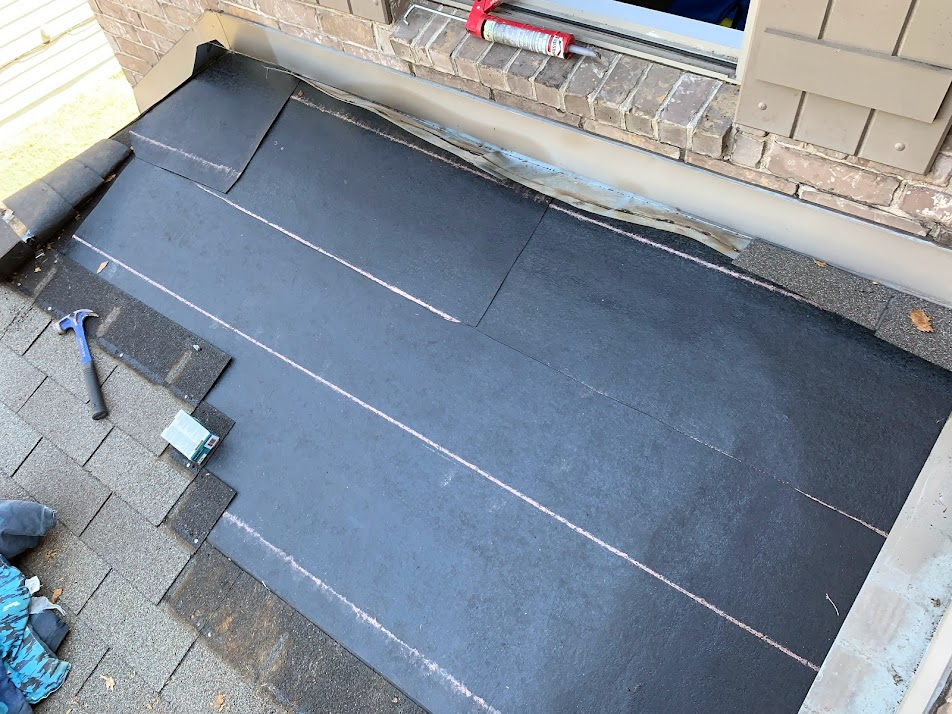
Don’t leave your home vulnerable—contact us for reliable, professional home roof repair services in New Braunfels you can count on.



